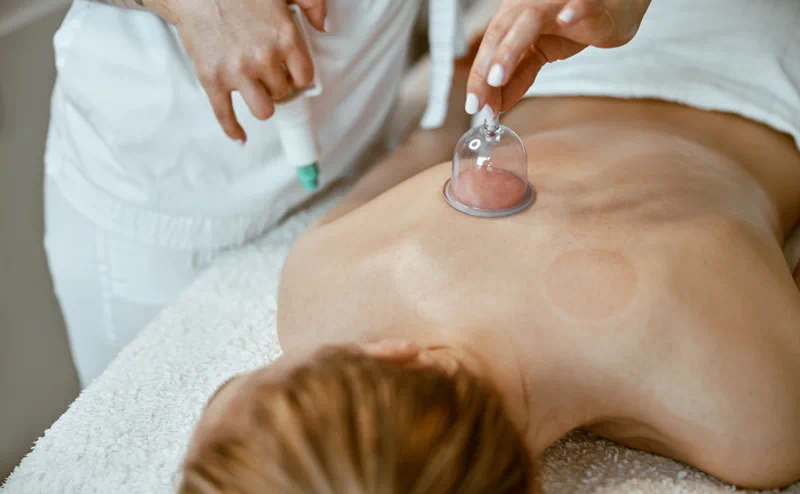Your cart is currently empty!
Anxiety is a common mental health condition that can have a significant impact on a person’s daily life. While there are many treatments available for anxiety, including medication and therapy, some people turn to alternative therapies like cupping therapy to help manage their symptoms.
What is cupping therapy?
Cupping therapy is an ancient Chinese practice that has been used for centuries to promote healing and well-being. The technique involves placing cups on the skin and creating a vacuum, which draws the skin and underlying tissue into the cup. This is believed to stimulate the flow of blood and energy throughout the body, which can help reduce tension, promote relaxation, and improve overall health.
Can cupping therapy help with anxiety?
There is some evidence to suggest that cupping therapy may be effective in reducing symptoms of anxiety. A 2017 study published in the Journal of Alternative and Complementary Medicine found that cupping therapy was effective in reducing symptoms of anxiety in patients. The study involved 60 participants with anxiety who were randomly assigned to receive either traditional cupping therapy or a placebo treatment. The participants who received actual cupping therapy experienced a significant reduction in anxiety symptoms compared to those who received the placebo treatment.
Other benefits of cupping therapy
In addition to its potential benefits for anxiety, cupping therapy may also be beneficial for other conditions, such as:
- Muscle tension
- Headaches
- Migraines
- Insomnia
- Pain
- Inflammation
- Digestive problems
- Respiratory problems
- Dermatological conditions
Is cupping therapy safe?
Cupping therapy is generally considered safe and has few side effects. However, it is important to work with a qualified practitioner who can provide guidance on how to incorporate cupping therapy into a comprehensive treatment plan.
How to find a qualified cupping therapy practitioner
When looking for a cupping therapy practitioner, it is important to consider the following factors:
- Experience and training: The practitioner should have experience and training in cupping therapy.
- Professional credentials: The practitioner should be licensed or certified by a reputable professional organization.
- Sanitation practices: The practitioner should follow strict sanitation practices to prevent infection.
Final Thoughts
Cupping therapy is an ancient practice that has the potential to be a secret weapon in the fight against anxiety. While more research is needed to fully understand its benefits, the available evidence suggests that it may be a useful tool in promoting relaxation and reducing anxiety symptoms. As always, it is important to work with a qualified practitioner to ensure safe and effective application of the technique.

Leave a Reply
You must be logged in to post a comment.